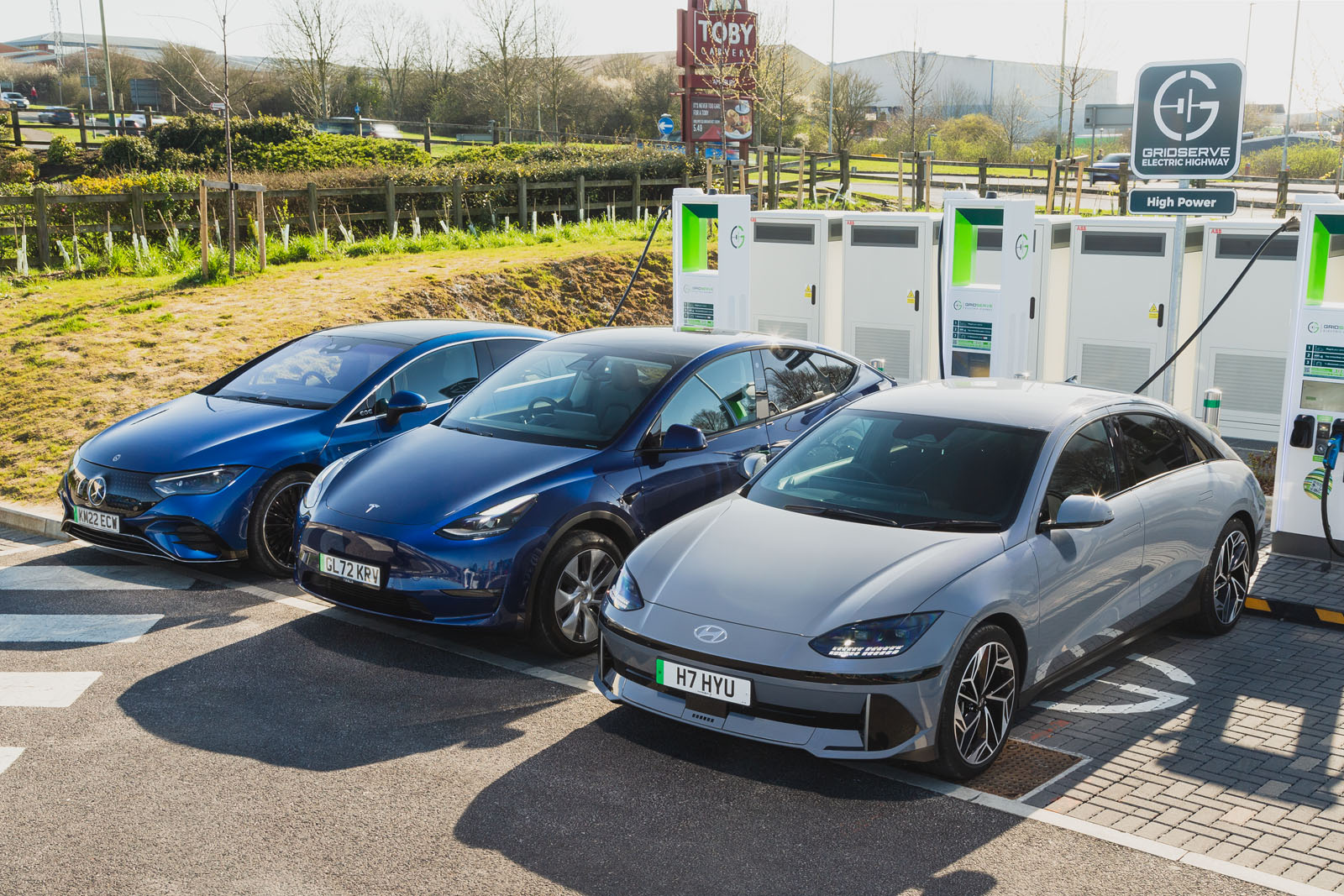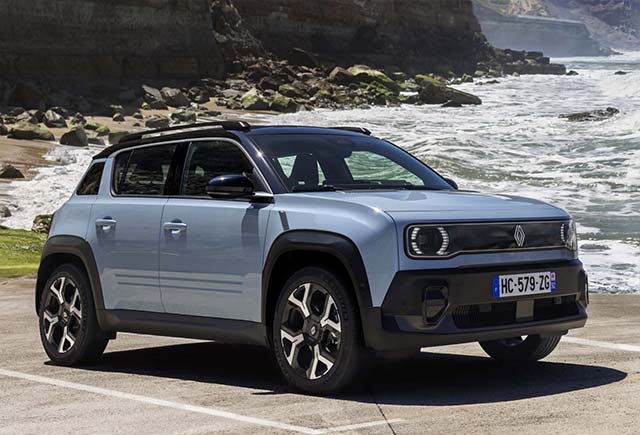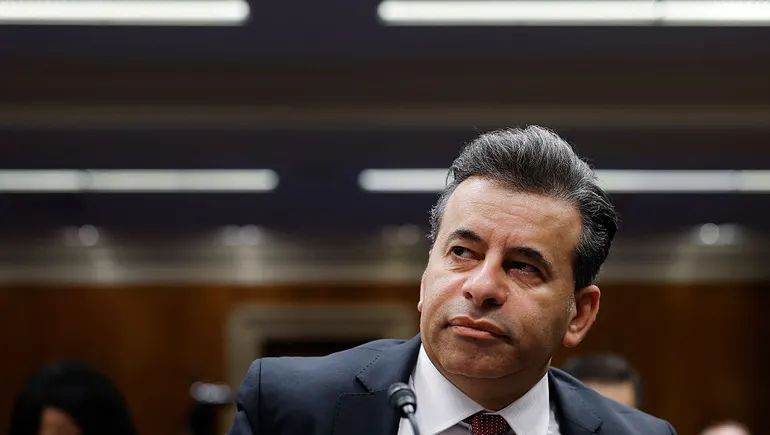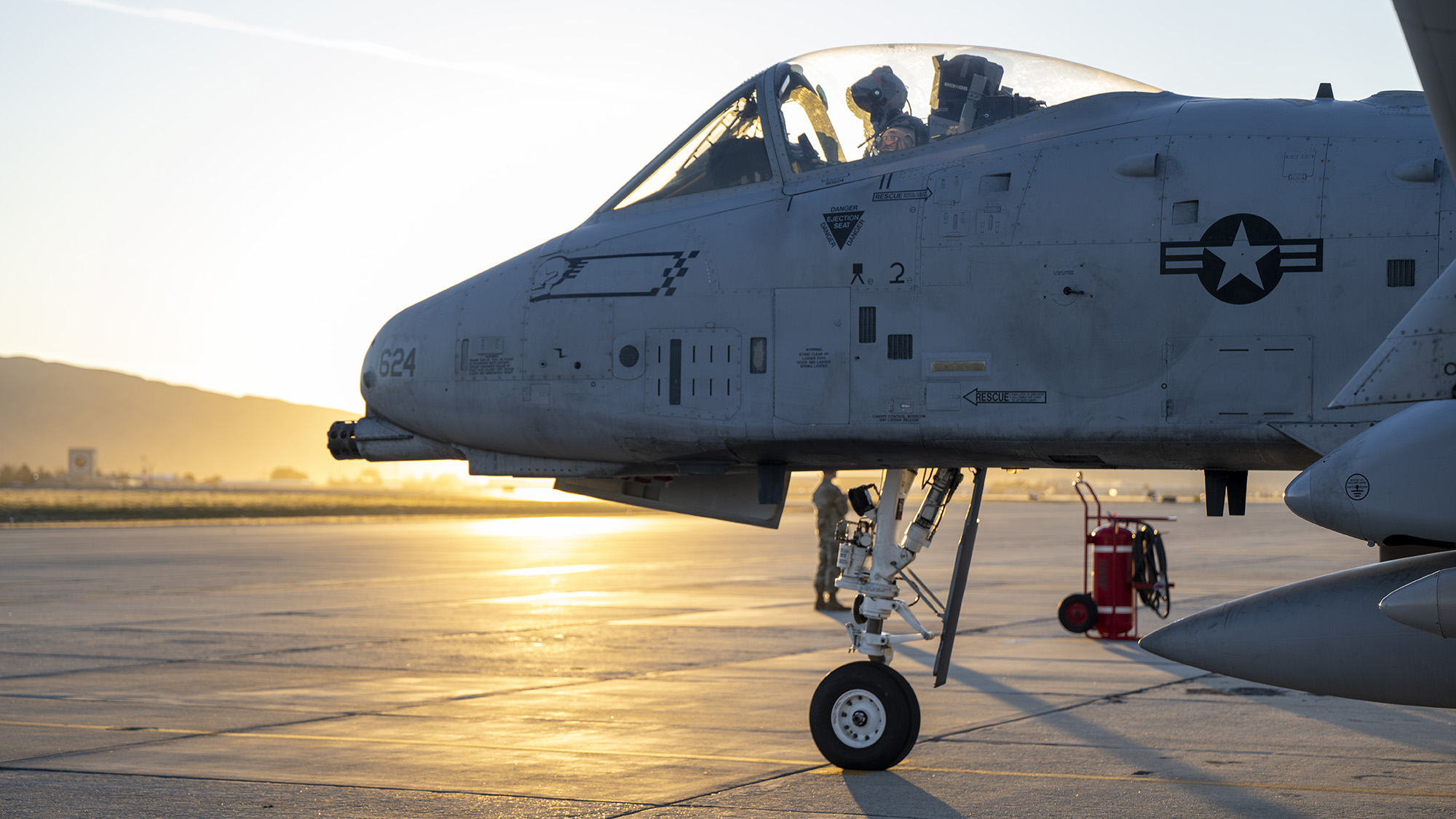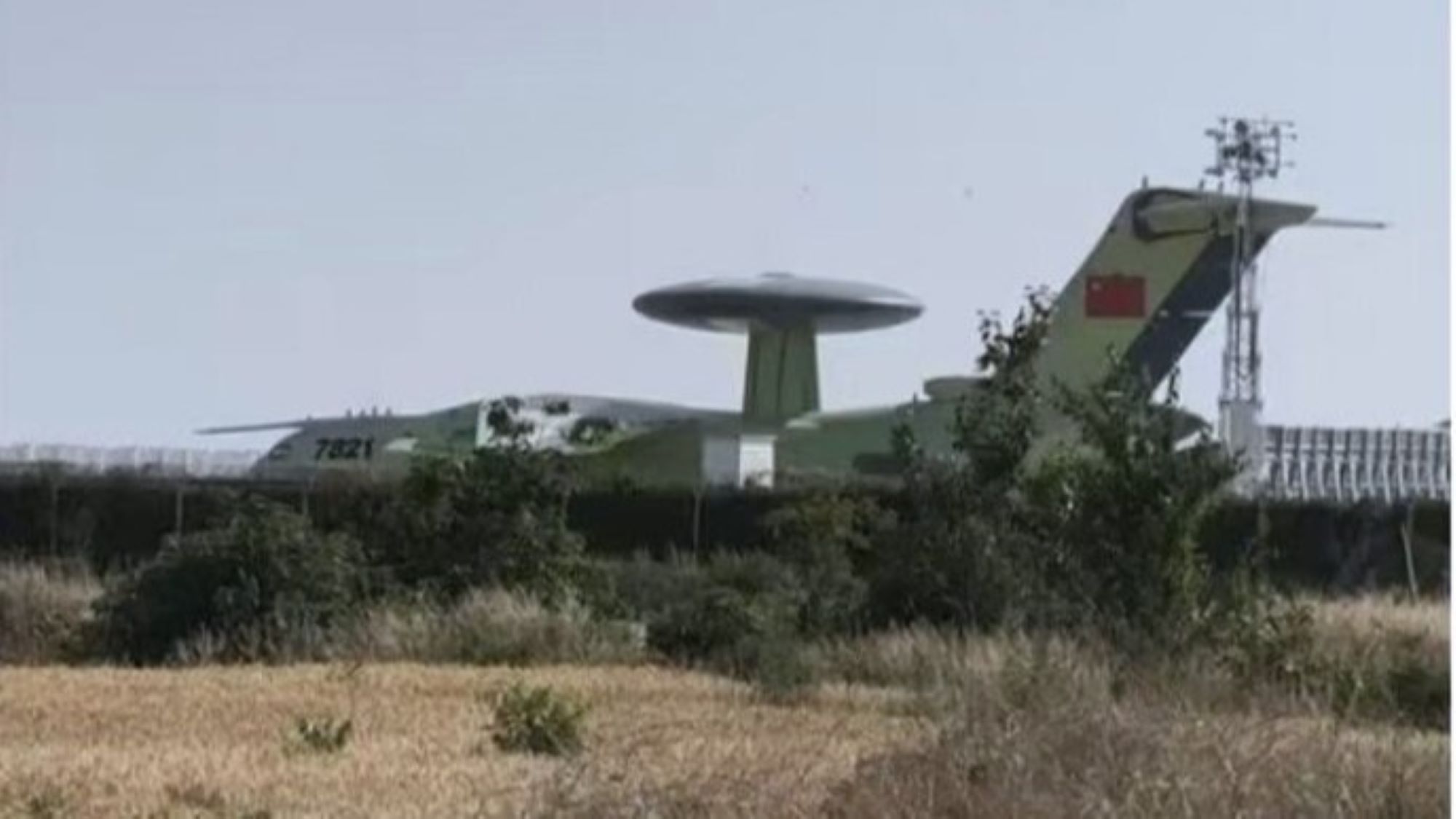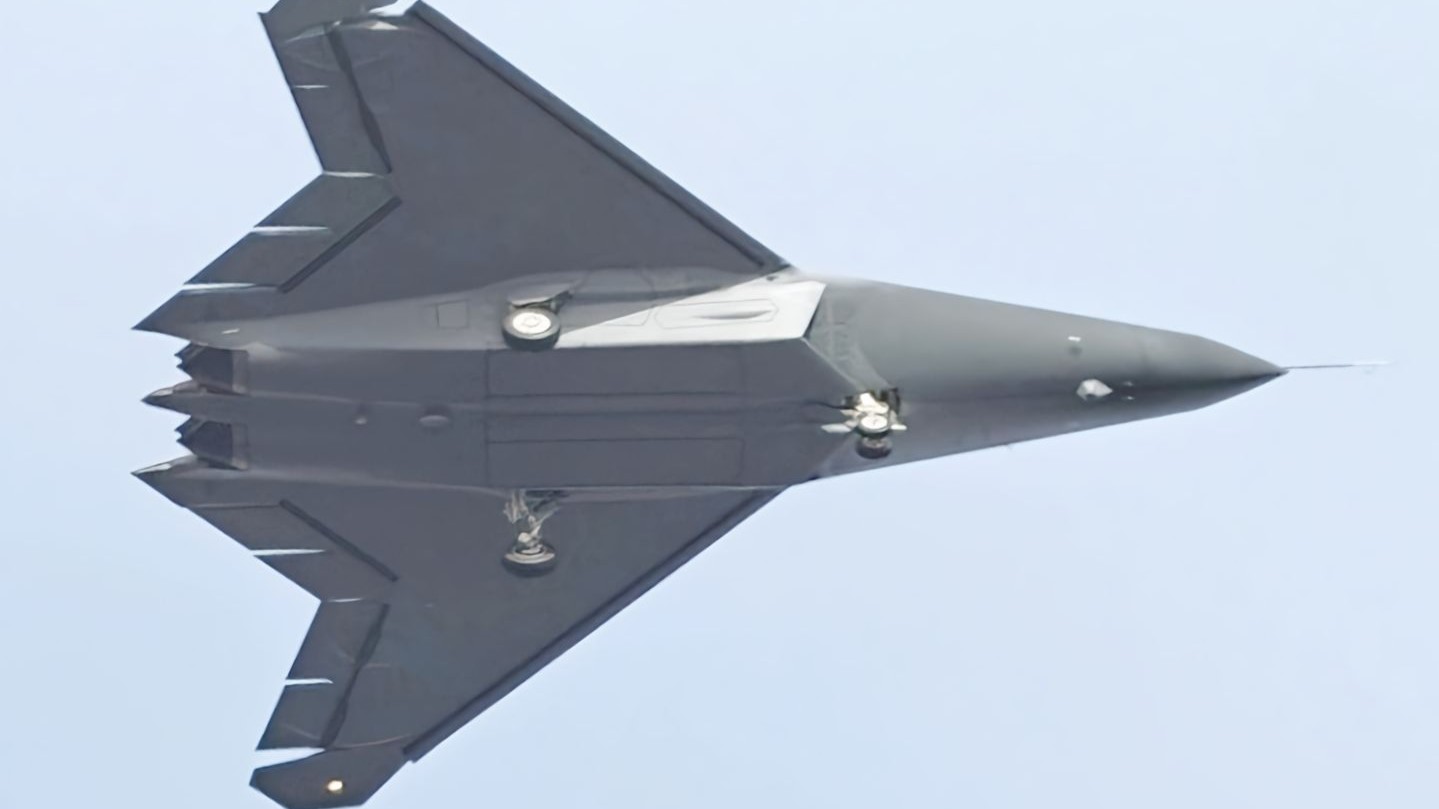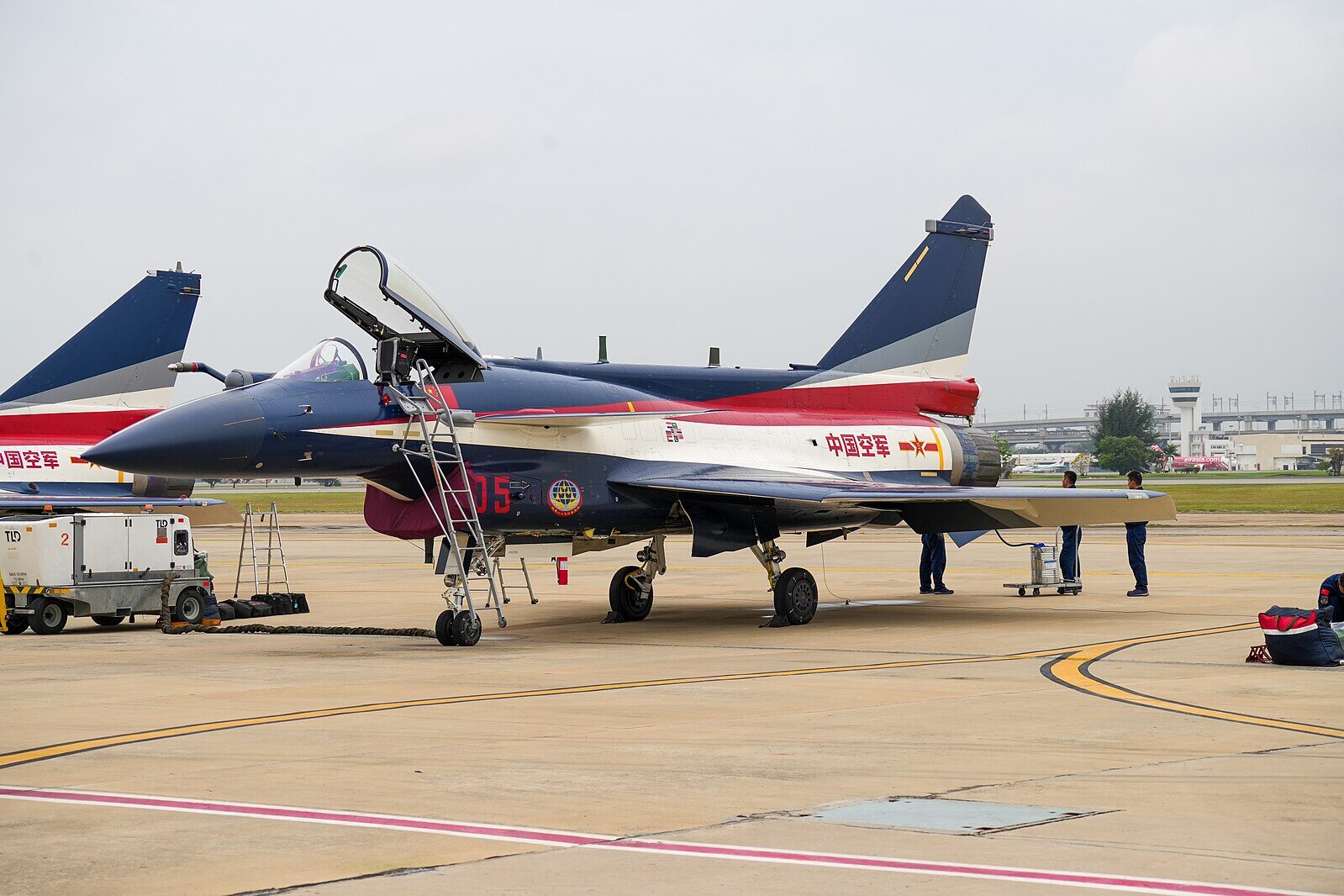Lockheed has path to pilot-optional F-35, CEO says
“We could make the F-35 pilot optional over a relatively modest time frame based on a lot of the development we’ve done” for sixth-generation fighter competitions, Lockheed Martin CEO Jim Taiclet said.


Aviation Boatswain’s Mate 1st Class Jaquan Morgan launches an F-35B Lightning II fighter aircraft from Marine Fighter Attack Squadron (VMFA) 242, from the flight deck of the forward-deployed amphibious assault ship USS America (LHA 6) while conducting flight operations in the Philippine Sea, May 25, 2025. (U.S. Navy photo by Mass Communication Specialist Seaman Sam McNeely)
WASHINGTON — An upgraded “fifth-generation plus” version of the F-35 could include new stealth coatings, adjustments to the aircraft’s shape, and even a path toward making the jet optionally manned, Lockheed Martin CEO Jim Taiclet said today.
“We could make the F-35 pilot optional over a relatively modest time frame based on a lot of the development we’ve done” for sixth-generation fighter competitions, Taiclet said at Bernstein’s Strategic Decisions Conference. In the case of other sixth-generation capabilities, “we feel like within two to three years, we could have a meaningful increase of capability for the F-35 by porting some of these technologies over.”
Taiclet first discussed what he referred to as a “Ferrari” or “NASCAR upgrade” for the F-35 during an April earnings call. Lockheed had recently lost the Air Force’s sixth generation fighter program, known as Next Generation Air Dominance (NGAD), to Boeing’s F-47. Instead of protesting the award, Taiclet said at the time the company would focus on developing an F-35 that offered 80 percent of the capability of a sixth-gen fighter at “half the price.”
Lockheed could, for instance, integrate technologies it had created for its own NGAD offering into the F-35, such as new radar and infrared-absorbing stealth coatings, new electronic warfare systems, networking improvements and autonomy software. The company could also consider tweaking the shape of the F-35 to eke out additional performance, Taiclet said.
“There have been some adjustments or learnings, I’ll say, on what we call the outer mold line, which is the actual shape of the aircraft itself, especially with regard to engine inlets and outflows of nozzles, that we might be able to again improve on the F 35 without redesigning it,” Taiclet said.
While some improvements may be ready for “first flight and integration” within a couple of years, upgrades must be phased into production gradually “because you cannot introduce too much new equipment or too much new software at once, necessarily without interrupting the production flow,” he said.
Lockheed is also interested in offering similar upgrades for the F-22 Raptor, as well as proposing longer-term production and sustainment contracts for the F-35 going forward, he added.
During today’s event, Taiclet was not asked about, nor did he provide any detail on a two-engine version of F-35, as described by President Donald Trump earlier this month.
During a roundtable with business leaders in Qatar on May 15, Trump described an upgraded version of the F-35 with two engines that he called the F-55, as well as an “F-22 Super” that would be improved version of the current Raptors.
“We’re going to do an F-55, and I think — if we get the right price, we have to get the right price — that’ll be two engines and a super upgrade on the F-35,” Trump said then.
Former Air Force Secretary Frank Kendall previously told Breaking Defense that a twin-engine version of the F-35 was never discussed during his tenure in the Biden administration, while other aerospace experts cast doubt on whether the F-35 could be made a two-engine jet without time-consuming and expensive changes to the F-35’s design.
While there were no announcements of new F-35 sales during Trump’s trip to the Middle East this month, Taiclet today there are ongoing discussions “about a path to fifth-generation [aircraft]” for Saudi Arabia, confirming an earlier Reuters report.
“There’ll be multiple steps in that. It could take some time, but I think if we can work with Saudi, Qatar and UAE on really bolstering their air superiority capabilities and their integrated air and defense capabilities … there’ll be really significant opportunity for the company along those lines,” Taiclet said.
















